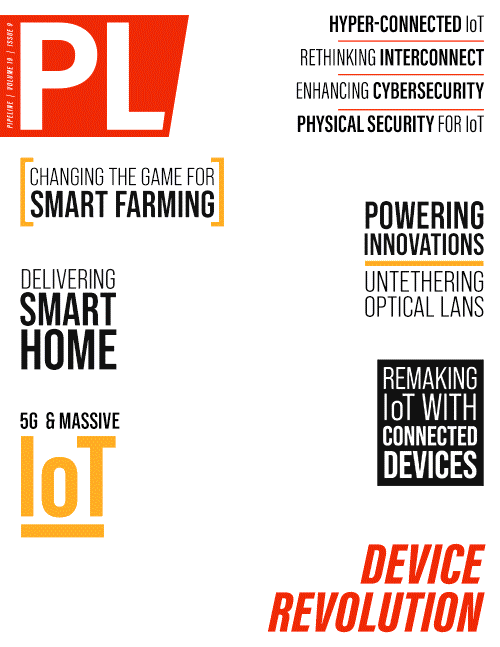Supporting a Hyper-Connected Reality
Adam Rashid, SVP, Investments, and lead of digital infrastructure at JBG SMITH stated, “We are able to deliver the power of converged digital infrastructure
and seamless network operations in National Landing, providing leverage for entrepreneurs, universities, and global technology companies to deliver digital transformation across both their
digital landscape and built environment. We’re delivering a place where city life is reimagined—more connected than ever before.”
DRONESENSE
As the Technical Assistance Center (TAC) for DroneSense, a prominent leader in the drone/UAS sector that provides the public safety sector with the “most complete drone management and collaboration platform,” we see firsthand how connected devices such as drones are vital to first responders and their ability to protect and serve our communities and families.
Drones equipped with the DroneSense platform provide first responders with a comprehensive level of situational awareness that leads to more lives saved and safer outcomes. This reliability on a seamlessly connected device and network uptime has never been more crucial.
According to Director of Customer Success John McLeod, “Our DroneSense Remote software enables first responders to fly drones remotely to provide comprehensive situational awareness, leading to improved incident response times, increased officer safety, and better overall outcomes. Fully integrated with the DroneSense software platform, it provides everything you need to fly, share video streams, and manage successful public safety drone programs and support Drone as First Responder (DFR) missions.”
Are there concerns for a hyper-connected reality?
With any revolution, there are questions and concerns that inherently arise. While a hyper-connected device revolution offers tremendous benefits for increasing productivity, efficiency, and convenience, it also triggers debate over privacy, security, and the potential for misuse of personal data. The sheer amount of data generated by connected devices can be profuse. Questions naturally arise… what data can be shared? What data should be shared? How should it be shared and/or used? And many more…
These are all valid questions that should and need to be approached with caution and careful thought. The data complexity will only continue to grow. It is imperative that proper safeguards, along with security processes and protocols, are created and maintained to protect not only the service providers and enterprises but also the end-users.
What does a hyper-connected future look like?
It's hard to overstate the potential of a hyper-connected reality. Today, the computing power available in an average smartphone is greater than what NASA employed during the Apollo missions. It's truly mind-boggling. As connected devices continue to grow in number and power, we can only dream of what the future may hold.
The data collected from these devices has the potential to transform nearly every aspect of our lives. But to make this a reality, we'll need a robust and sophisticated infrastructure capable of supporting this growing demand. This will require significant investment in new wireless and fiber networks, as well as advancements in areas like 5G/6G technology and edge computing.
We believe that smart cities will lead the way in efficiency and sustainability, while healthcare will shift toward a more personalized and accessible experience. Transportation will be made safer, and even more autonomous, with the emergence of self-driving cars. The possibilities are truly endless. As we look to the future, the only limit will be our imagination.


















